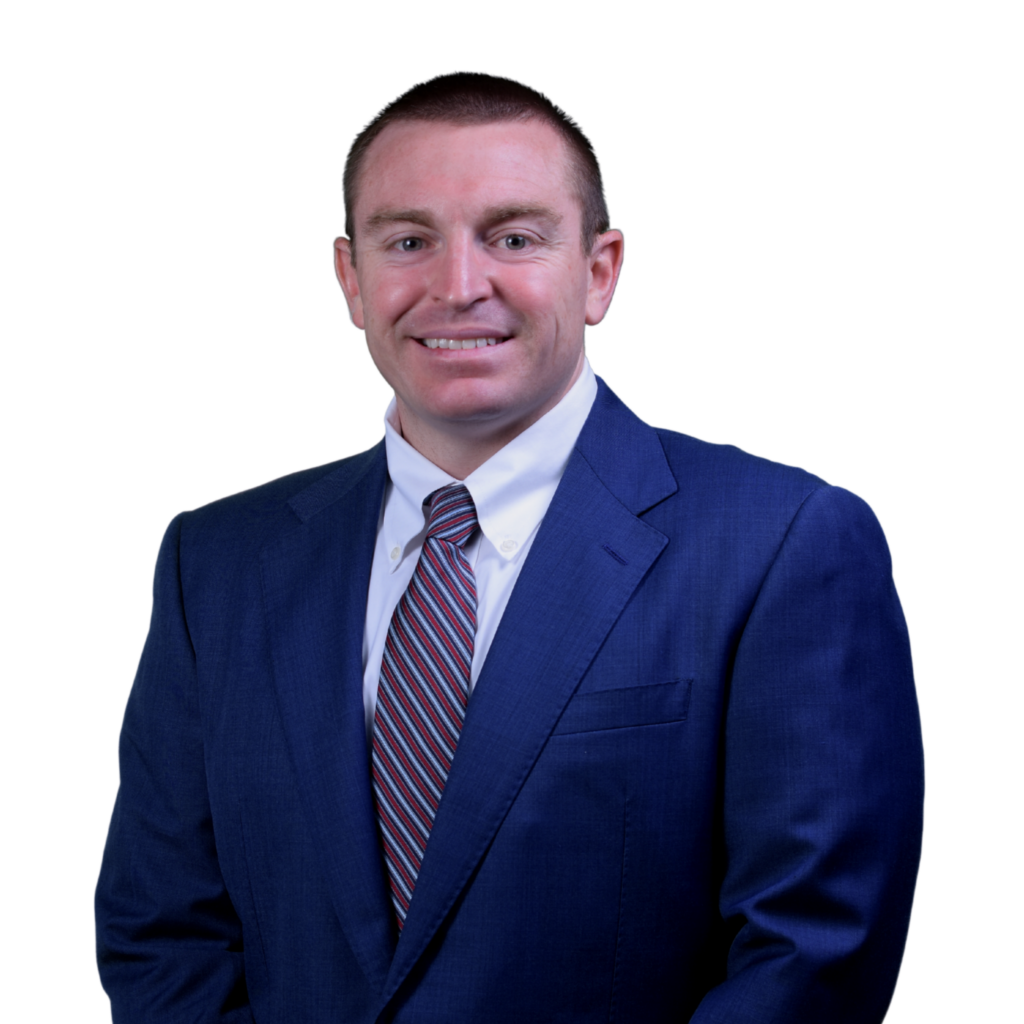The Federal Reserve announced on April 9, 2020, a $600 billion lending initiative (part of the $2.3 trillion stimulus package) that will be referred to as the “Main Street Lending Program” or “MSLP”. Loans under this initiative can be made through September 30,2020. Below, we have addressed some frequently asked questions. Keep in mind, further details for obtaining, completing and/or submitting applications for loans under the Main Street Program have not been released.
What are the loan terms?
While these loans will be unsecured (no collateral required) and carry no prepayment penalty similar to the PPP program, they differ from the PPP loans in that the MSLP loans are not forgivable. The loans will have a four (4) year maturity with an adjusted annual interest rate of between 2.5%-4%. Principal and interest payment may be deferred for one (1) year. Loan amounts can be between $1 million and go up to the lessor of i) $25 million or ii) four times (4x) a company’s 2019 EBITDA or iii) an amount that, when added to the borrower’s existing outstanding and committed but undrawn debt, does not exceed six times (6x) 2019 EBITDA. No adjustments are expected to be acceptable for the purposes of this calculation. Fees include but may not be limited to i) an origination fee of 1% of the principal amount of the new loan or the increase to an existing loan and ii) the lender may also charge the borrower a facility fee of 1% on 95% of the principal amount of the new loan.
Who can participate in the loan program?
Borrower who participated in a PPP loan may still be eligible for the Main Street Lending Program. Qualified candidates are US companies with less than 10,000 employees and with revenues less than $2.5 billion per year. Foreign companies with significant operations and a majority of their employees in the US may also be eligible. It is still unclear as to whether the affiliation rules may apply to these thresholds or how applicants must count their employees (e.g., full-time equivalents, part-time, and other-basis employees like the SBA’s Paycheck Protection Program required).
How will the loans be dispersed?
The loans will be dispersed through banks who will accept and process applications, when available. The Federal Reserve will purchase 95% participation in eligible loans from eligible lenders. This implies that eligible lenders would retain 5% of each eligible loan. This is important to note as the bank will be responsible for a portion of the default risk.
What will the borrower have to attest to?
- Several attestations will need to be made by the borrower. Below are a few of the key items;
- The loan proceeds will not be used to repay or refinance any other existing debt, with the exception of mandatory principal payments;
- The borrower meets the required EBITDA leverage ratio;
- The borrower must comply with the compensation, stock repurchase, dividend and capital distribution restrictions under section 4003(c)(3)(A)(ii) of the CARES Act, which generally restricts a borrower for 12 months following the satisfaction of the loan from buying back publicly traded equity of the borrower or parent and issuing dividends or declaring distributions, and from increasing compensation for highly compensated employees and officers and paying severance or termination benefits above a certain threshold;
- The financing is necessary because of exigent circumstances presented by the COVID-19 pandemic; and
- The loan proceeds will be used to make reasonable efforts to maintain payroll and retain employees during the loan term.
Please contact Ely Friedman, Vice President of M&A Advisory Services, with any questions or concerns regarding the MSLP or PPP loan programs. Ely can be reached at efriedman@vlcpa.com or at 800.887.0437.


